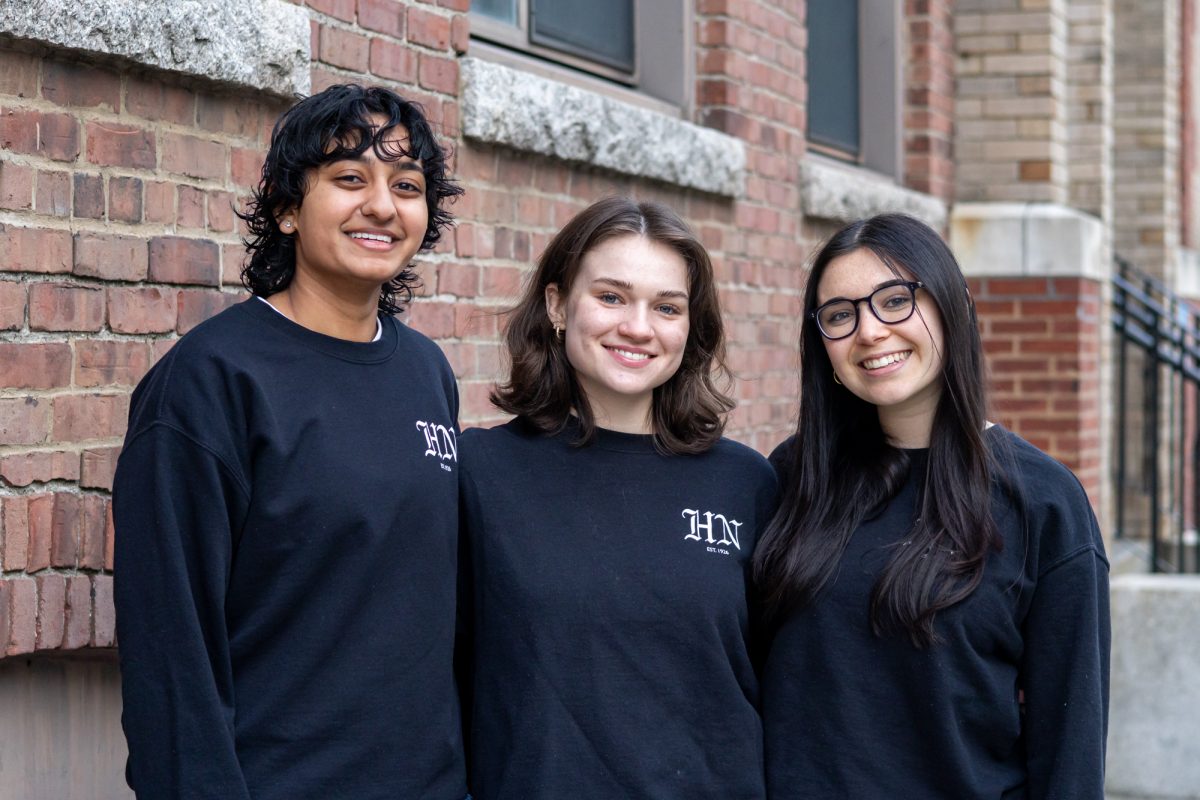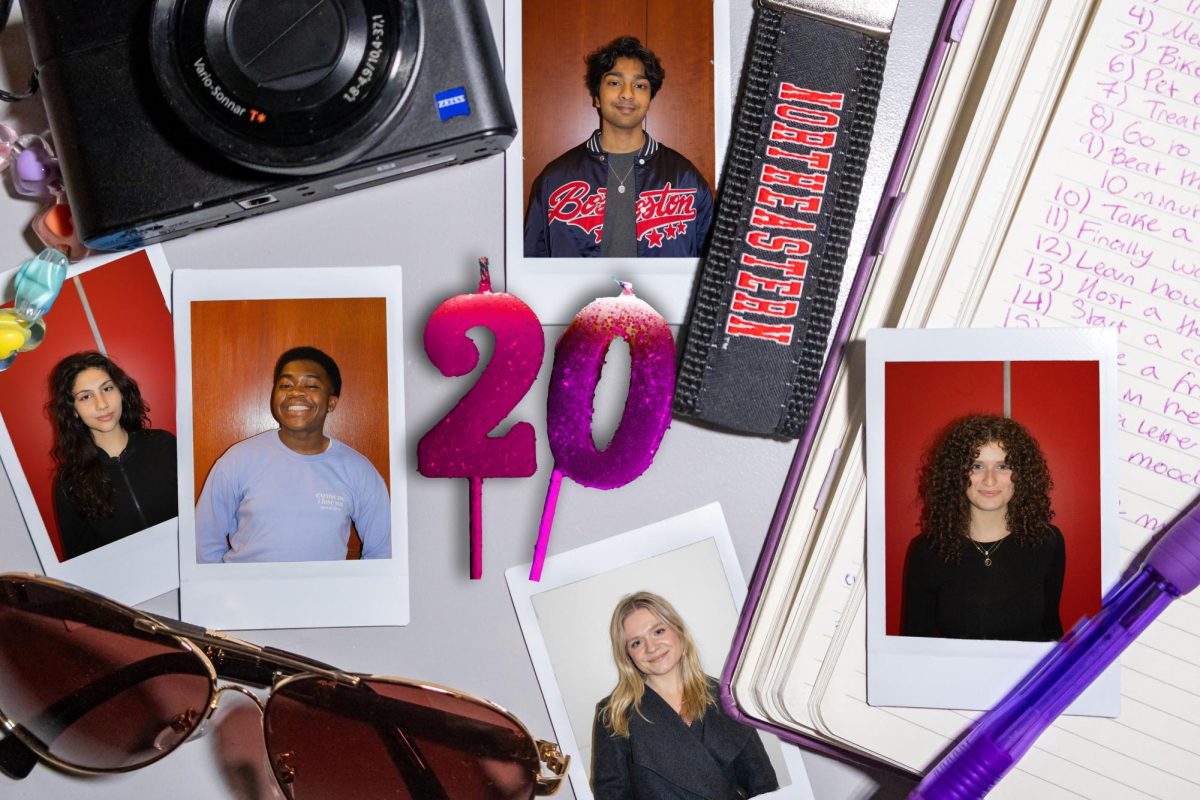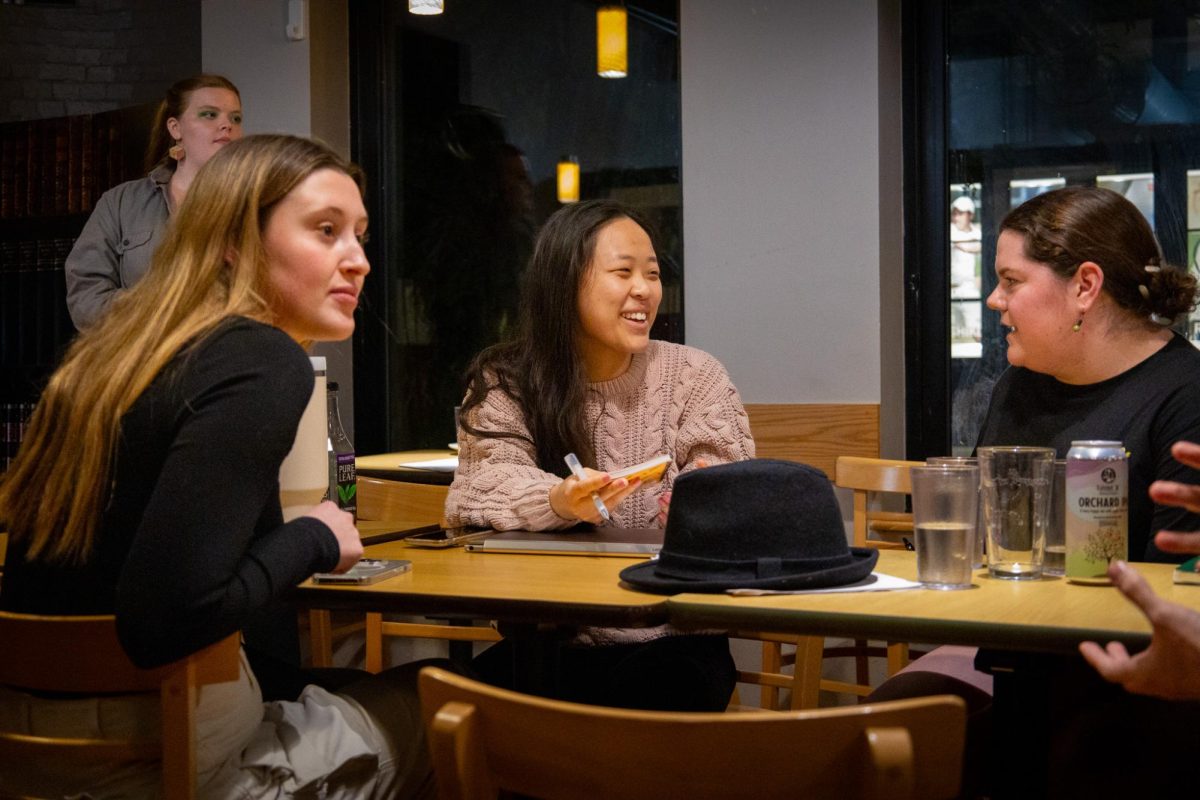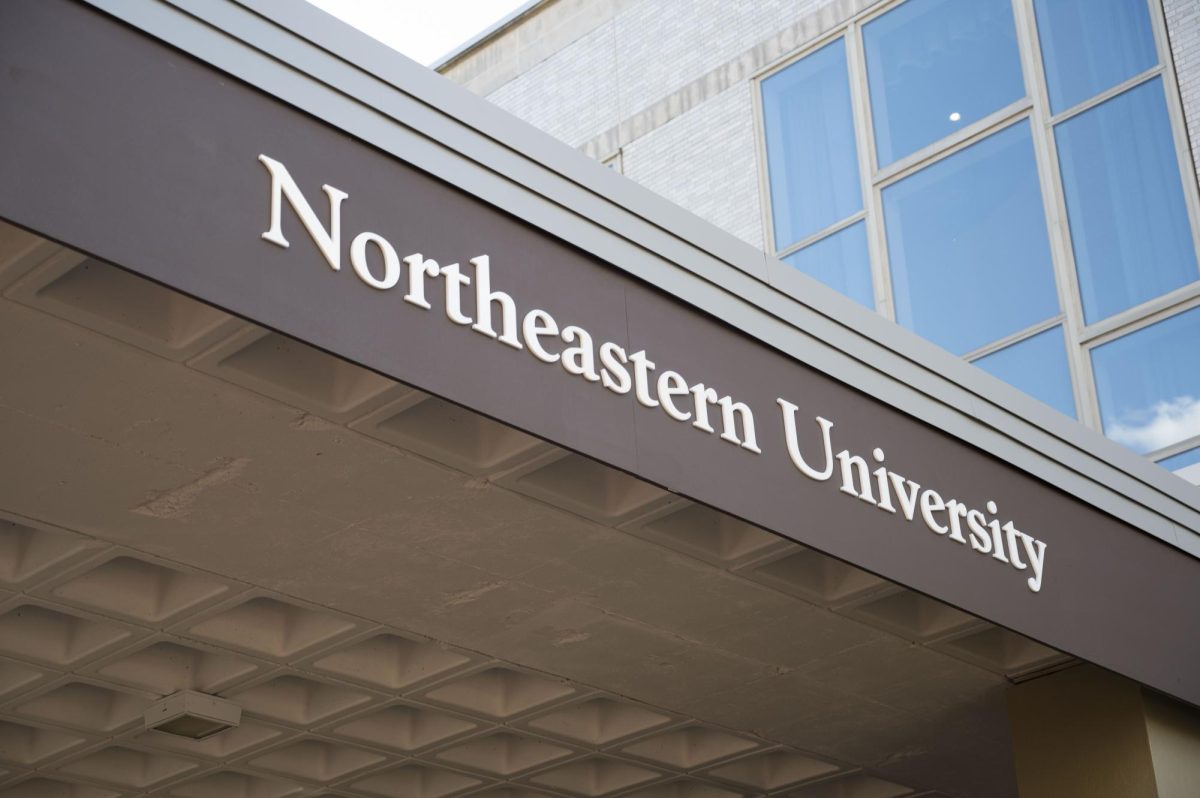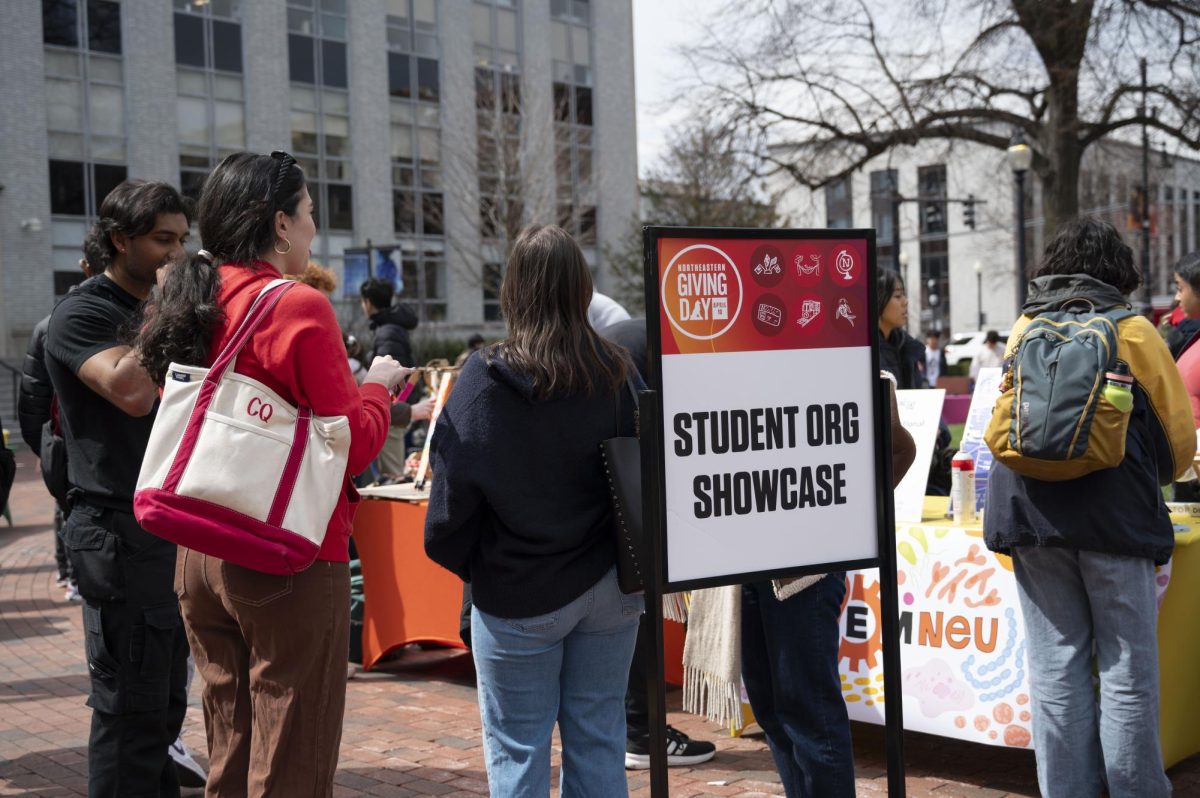The Student Government Association is looking to broaden its reach to both other student groups and average students as the new executive board takes office this month.
The various promises that must be upheld this year, which include fighting for lower student tuition and delivering a concert to the student body, will “take the organization to a whole other level” through networking with other student groups, President Andres Vargas said.
The basis for this lies in the singular vision of what he called the “big three” student groups, comprised of SGA, the Resident Student Association and the Council for University Programs, that will team in promotion, financing and manpower, to spread the word and ultimately stage student-sponsored events.
Vargas said this partnership would immediately be forged for a fall concert, much like last year’s planned, but eventually canceled, Springfest event.
Such a singular vision was not such a luxury in the past, though, as the student government was often bogged in debate over contentious issues, such as changes imposed by semester conversion.
Vargas said debate was less prevalent over the last year due to a focus on certain key initiatives, and several issues, such as capping student tuition and attaining a sexual health counselor, that shared more widespread support.
“A year ago, we talked a lot. This past year, we executed a lot,” he said.
But he said the real execution will take place when the group has sufficiently reached the average student.
Vice President for Administration John Guilfoil said he plans to focus on the public relations side of his office equally with his administrative duties.
“Instead of school being just school, it can be more of an experience,” said Guilfoil, a middler. “My goal is to reach out. Every student can be aware of what’s happening on campus. It’s time to stop blaming the average student, we need to make time for more fun on campus.”
Others on this e-board are finding new roles as well, as oversight of the Student Center Governing Board has passed from vice president of student affairs to vice president of student services.
In her second year in the post, Vice President for Student Services Nicole Martino said she expects to use the new role to make some changes in the student center’s operations. This would include a revamped system for how the board gives office space to student groups, a process which has left some groups short of ample room in the past.
“I want there to be more student insight and involvement,” Martino said. “The problem, as always, is that there isn’t enough space to give out, but I want to make the process we have now as efficient as possible.”
For the other new members – Vice President for Student Affairs Erin McFazden, Vice President for Academic Affairs Bill Durkin and Vice President for Financial Affairs Alison Barlow – the focus is equally fixed on keeping students informed, advocating for students and holding together a strong network of student groups. Durkin said the unity of the members is not often found in such an organization.
“We have six people in there that seem like they’re all on the same page,” Durkin said. “We all know what we want to do, and, from what I can tell, the passion is there to get it done.”


